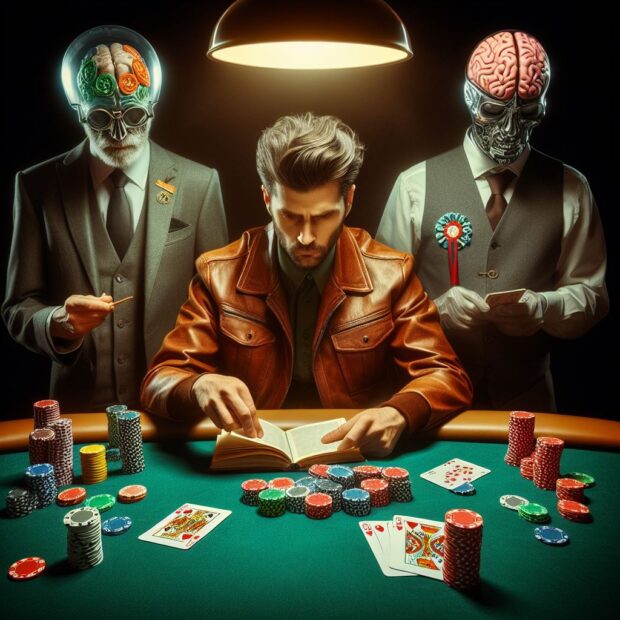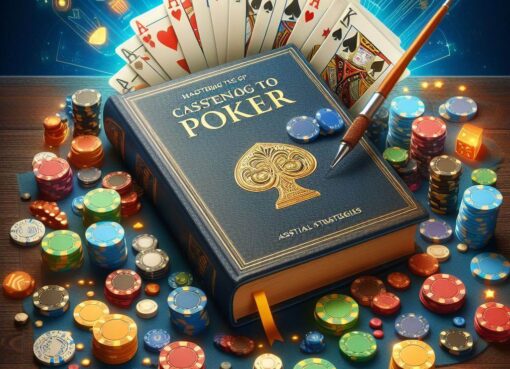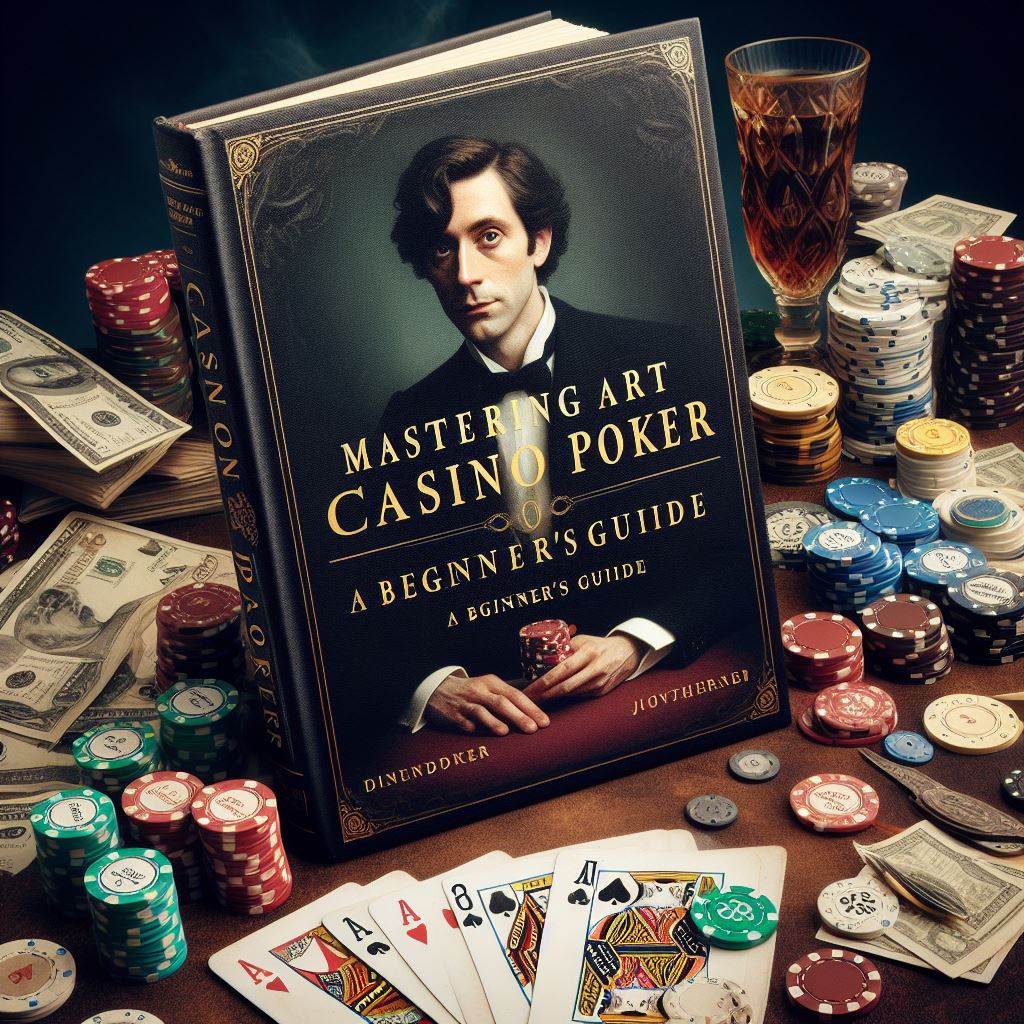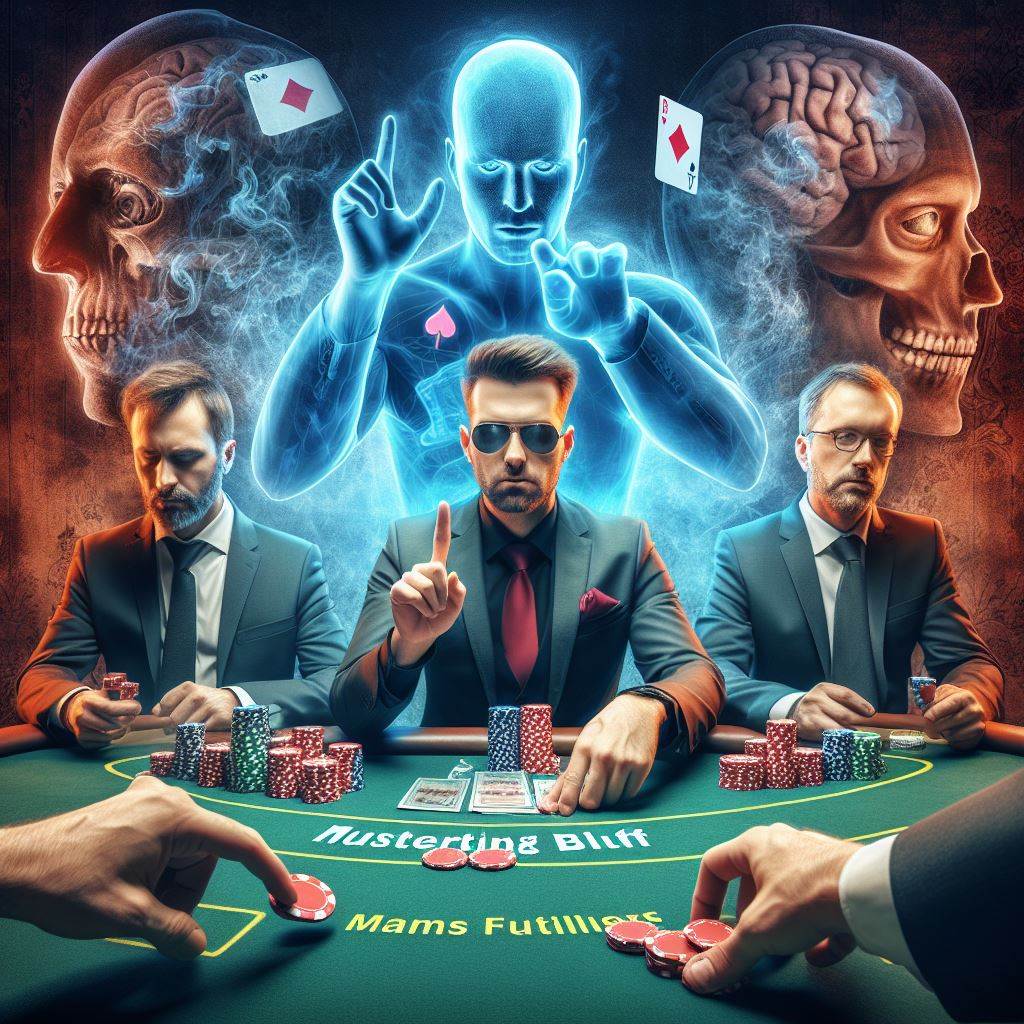Mastering the Bluff: Psychological Warfare at the Poker Table

at the Poker Table
- Briefly introduce poker as not just a game of luck but a profound exercise in psychological warfare and strategic thinking.
- Define bluffing in the context of poker and its importance in becoming a successful player.
The Psychology of Bluffing
- Discuss the psychological underpinnings of bluffing, including manipulating opponents’ perceptions and managing one’s own tells.
- Explore the dual aspects of fear and greed in poker psychology and how they influence players’ decisions.
Types of Bluffs
- Pure Bluffs: Moving all-in with little to no chance of winning unless the opponent folds.
- Semi-Bluffs: Bluffing when you have a weak hand but with the potential to improve to a strong hand.
- Stone-cold Bluffs: Bluffing with absolute nothing in hand; the highest level of risk.
The Art of the Bluff
- Timing: Identifying the best moments to bluff, considering factors like the number of players in the hand, the game’s dynamics, and previous betting rounds.
- Position: How being in early or late position affects the likelihood of a successful bluff.
- Bet Sizing: Adjusting the size of your bets to make your bluffs more believable.
Reading Opponents
- Discuss the importance of reading opponents’ tells (involuntary reactions that reveal information about their hand) and patterns.
- Provide tips on observing betting patterns, at the Poker Table physical tells, and changes in demeanor.
Developing a Convincing Poker Face
- Strategies for controlling your own tells and emotions.
- The role of reverse psychology and how to mislead opponents about the strength of your hand.
Advanced Bluffing Strategies
- Multi-level thinking: Understanding what your opponent believes you have.
- Bluffing in tournament play versus cash games: Adjusting strategies based on the format of the game.
Case Studies of Famous Bluffs
- Analyze a few renowned poker hands where bluffing was used effectively, at the Poker Table highlighting the players’ thought processes and the outcomes.
Practicing Your Bluffing Skills
- Tips for practicing bluffing in low-stakes games and during friendly matches.
- The importance of reflection and adjustment: Learning from each bluffing experience.
Conclusion
- Recap the importance of mastering the art of the bluff in becoming a formidable poker player.
- Encourage readers to view bluffing as a skill that requires patience, practice, and psychological insight.
Additional Tips
- Incorporate quotes from professional poker players about bluffing.
- Include links to videos or articles for further reading or examples of successful bluffs.
- Offer advice on how to keep a cool head when a bluff goes wrong.
As you expand on each section, aim to provide actionable advice, illustrative examples, and insights that cater to both novice and experienced players. The goal is to demystify bluffing and present it as a critical skill in the arsenal of any serious poker player, emphasizing the blend of art, psychology, and strategic thinking that it requires.
Baca Juga: strategies, etiquette, and tips for success


